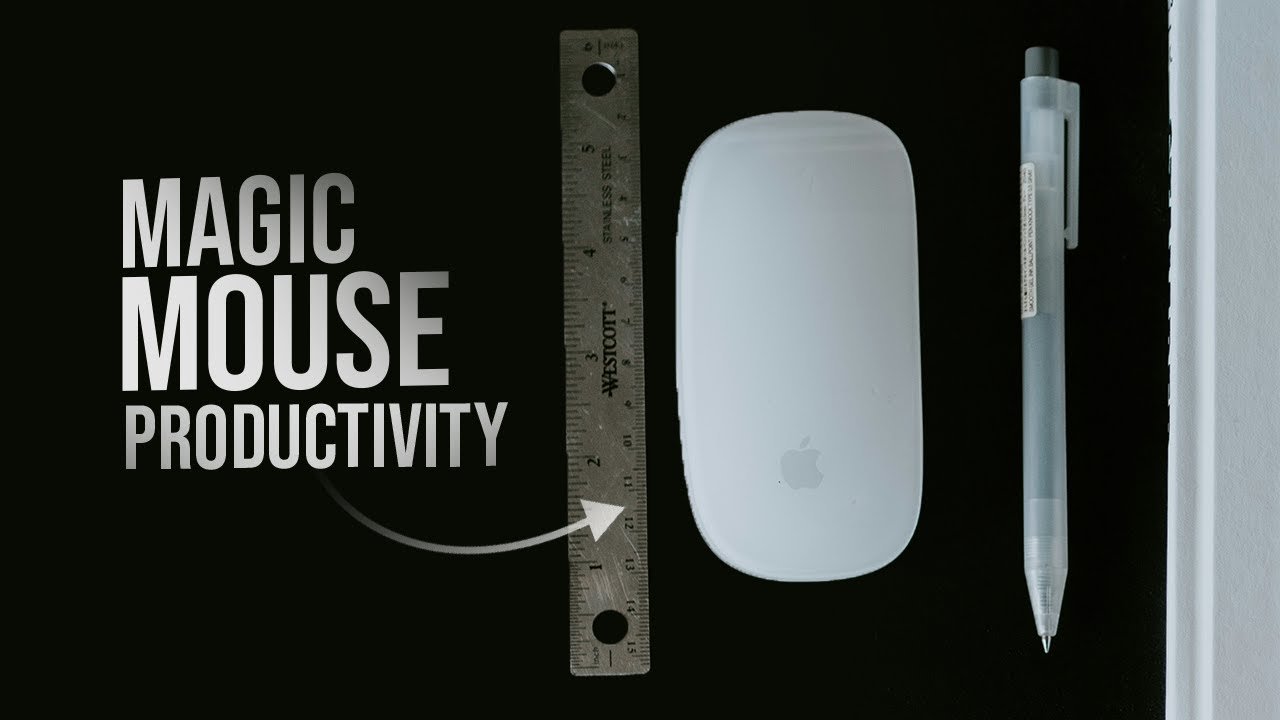In today’s fast-paced environment, managing stress effectively is crucial for maintaining mental and physical health. A simple yet overlooked method is through various breathing techniques. Breathing exercises are scientifically proven to reduce stress levels by signaling the brain to relax and calm the body. This article delves into different breathing techniques and how they can become an integral part of your stress-reduction toolkit.
Table of Contents
ToggleUnderstanding Breathing Techniques
The Science Behind Breathing and Stress
Deep breathing plays a significant role in managing stress. It triggers the parasympathetic nervous system, which is responsible for promoting a calm and alert state. By sending relaxation signals to the brain, deep breathing counteracts stress and anxiety, facilitating overall relaxation.
Benefits of Breathing Exercises for Stress Relief
Regular practice of breathing exercises enhances mental clarity, lowers anxiety, improves emotional resilience, and promotes physiological benefits such as normalized blood pressure and heart rate.
Basic Deep Breathing Techniques
How to Perform Basic Deep Breathing
Position yourself comfortably; this could be sitting, standing, or lying down. Deeply inhale through your nose, concentrating on expanding your belly rather than your chest. Exhale through your mouth or nose while maintaining a steady count to encourage rhythm and calmness.
Specific Breathing Techniques for Stress Relief
Box Breathing
Box Breathing is a simple technique designed to regulate breath and promote calmness. It involves four equal parts: exhaling, holding, inhaling, and holding again, each for a count of four.
4-7-8 Relaxing Breath
This technique involves inhaling through the nose for a count of four, holding the breath for seven, and exhaling through the mouth over eight counts. It’s referred to as the “relaxing breath” due to its profound calming effect.
Equal Breathing
Equal Breathing involves inhaling and exhaling for the same count, typically starting at five and increasing as you become more adept. It aids in achieving balanced relaxation and focus.
Alternate Nostril Breathing
Rooted in yoga practices, this technique involves inhaling and exhaling through alternate nostrils. It’s known for enhancing mental clarity and reducing stress.
Lion’s Breath
Lion’s Breath involves inhaling deeply through the nose and exhaling forcefully with a wide-open mouth and a “haaa” sound. It acts as a tension reliever, relaxing both body and mind.
Humming Bee Breath
This method encourages making a humming sound during slow exhalation, which creates soothing vibrations, aiding in relaxation and stress reduction.
Resonant Breathing (Coherent Breathing)
Breathing at a slow, steady pace—five breaths per minute—resonates with the heart’s rhythm, aiding in decreased depression symptoms and increased heart rate variability.
Practical Tips for Effective Breathing Exercises
Consistency in Practice
Commit to daily practice at a designated time to gain maximum benefit. Regular practice improves retention and relaxation, reinforcing new habits.
Comfort and Clothing
Ensure your posture is comfortable and clothing is loose to allow for unrestricted breathing and optimum relaxation.
Progressive Muscle Relaxation
Enhance the calming effect of breathing by combining it with muscle relaxation techniques; alternately tighten and release muscle groups during exhalation.
Avoiding Forced Breathing
Natural breathing pace should be maintained. Forced or rapid breathing can increase stress rather than alleviate it.
Optimal Times to Practice Breathing Techniques
Integrate breathing exercises into daily routines during moments of stress or anxiety or as a morning ritual to kickstart your day in a calm manner.
When to Seek Additional Support
If breathing techniques don’t suffice in managing stress levels, seeking professional support can be beneficial. Consulting with a therapist can complement these techniques with additional coping strategies. Support is available through resources like texting “START” to 741-741 or calling 988.
Incorporating these breathing techniques into your daily ritual can substantially diminish stress and elevate overall wellbeing. To explore more about breathing exercises and stress management, join me on the journey through FROZENLEAVES NEWS.
“`






